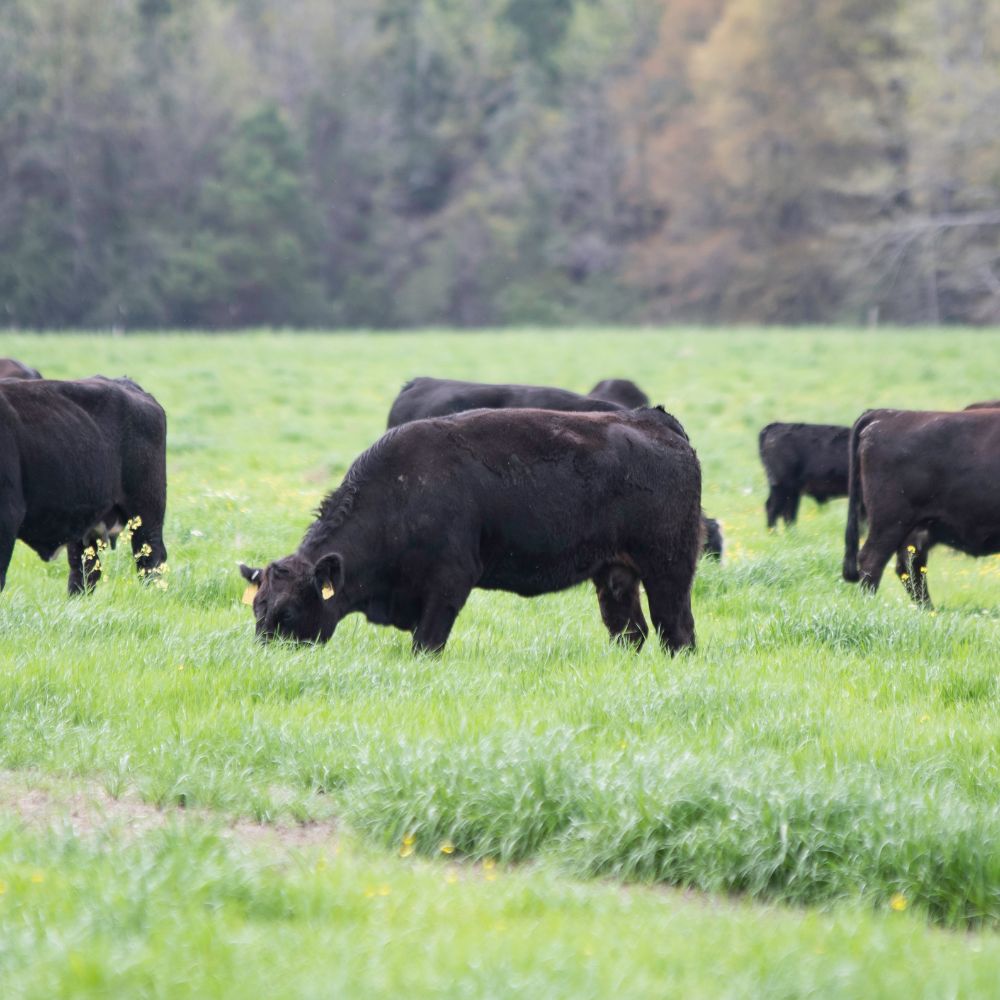Not known Incorrect Statements About Bagley Risk Management
Table of ContentsBagley Risk Management Fundamentals ExplainedGetting My Bagley Risk Management To WorkBagley Risk Management Things To Know Before You Get This3 Easy Facts About Bagley Risk Management DescribedThe Buzz on Bagley Risk Management
In this manner, if rates do go down below that break-even point by the end date, insurance holders are shielded versus a loss. This is very similar to the means feedlots operate, though they utilize a traditional hedge. As soon as a breeder contracts their cattle with a feedlot, they hedge those livestock to lock in the profit factor.This will be countered by the increased value of the cattle. Nevertheless, the margin remains basically the exact same. With LRP Insurance coverage, herdsmans protect against a decrease in the futures board, yet don't lose on the higher return when rates rise. To say that animals markets can be unstable is a little an understatement.
They do this by selecting a reduced percent of the predicted finishing worth - LRP Insurance. This is a fantastic approach for those seeking reduced costs rates or that have a greater danger tolerance due to solid financial health. This strategy may not secure productivity, yet it can secure against major market decreases
There is not a lot of protection or protection on a month-to-month basis, but if there is a severe crash, manufacturers have the comfort that originates from understanding they will just be accountable for a specific amount expense. Simply keep in mind, really hope for the ideal yet get ready for the worst.
The Best Strategy To Use For Bagley Risk Management

The usage of LRP as protection for backgrounded livestock, or livestock on feed, helps minimize that risk by securing the anticipated worth of the animals. Feeder livestock can be hidden to a 900-pound predicted end weight and fed livestock can be covered to a 1,400-pound end weight. With a number of weight classes to choose from, it is feasible to cover animals via the barnyard to the packer rail.
Applications can take numerous days to process and merely filling one out does not secure the applicant right into a plan. Once the application is approved and all set, the LRP endorsement, with its end date and projected ending worth, can be secured swiftly. This permits breeders to cover calf bones when the price is right for their market risk administration objectives.
Photo Politeness USDA-NRCS Rates for calves, feeder cattle and ended up cattle have established some brand-new records this autumn and early winter season. A combination of conditions has precipitated these historic rates. There is presently a whole lot of cautious optimism for cow-calf manufacturers as they check out the future.
The 8-Second Trick For Bagley Risk Management

There are some benefits to manufacturers in using LRP insurance policy as compared to a standard feeder livestock agreement or purchase of an option - Cattle insurance. One is the flexibility in the number of livestock that can be insured. There is no lower limit to the number of livestock that can be insured
There is no commitment to offer cattle on which you have actually acquired LRP Feeder Cattle coverage. You may choose to keep possession and still be eligible for the indemnity must the Actual End Worth fall below your Coverage Rate. You may market livestock covered by LRP at any moment, gave the transfer of possession does not happen more than 60 days prior to the LRP Contract End Day.
If livestock perish and your Ag, Threat Expert is alerted within 72 hours of you learning of the fatality, the protection stays essentially, and the producer is eligible for indemnities because of rate loss, even on those animals which perished. Yes! Calves can currently be covered prior to unguis hit the ground.
Bagley Risk Management Fundamentals Explained

Applications guarantee novice customers can be pre-approved to create an LRP policy It is complimentary! Step 2) Lock in a Special Insurance Coverage Recommendation (SCE) when you find a quote that fulfills your objectives (Livestock risk protection insurance). Together, we'll navigate to these guys secure your investment.
With the endless variation and unpredictability of the market, Livestock Risk Protection (LRP) is something all livestock manufacturers need to consider. The primary function of LRP is to protect against the unforeseen down cost activity in the industry by establishing a base upon any type of given day and sort of livestock you desire to guarantee.
Little Known Questions About Bagley Risk Management.
There are a range of insurance coverage level choices ranging from 70 to one hundred percent of the anticipated finishing value (https://hearthis.at/bagleyriskmng/set/andrew-bagley/). At the end of the picked insurance policy duration, if the actual finishing value is listed below the coverage rate, you will certainly be paid an indemnity for the difference in price. Manufacturer expects to market 1,000 head of 11cwt cattle and selects coverage of $66
As of 2020, LRP (Cattle) is currently readily available in all states when the market is offered. Fed Cattle with ending weights between 1,000lbs-1,400 pounds that will certainly be marketed for slaughter near the end of the insurance coverage duration.